Pigments - the coloring substance in the paint
Table of Contents
Chalk from Champagne
The purity, fineness and the whiteness of the Chalk from Champagne is excellent. It is cool white with a gentle shade, and - applied to a wall sensitively - of great elegance.
Chalk is a soft sedimentary rock formed by the sedimentation of the shells of microorganisms. For example, there are large deposits of Cretaceous in the Champagne region of France. As the name suggests, there comes this specific chalk from.
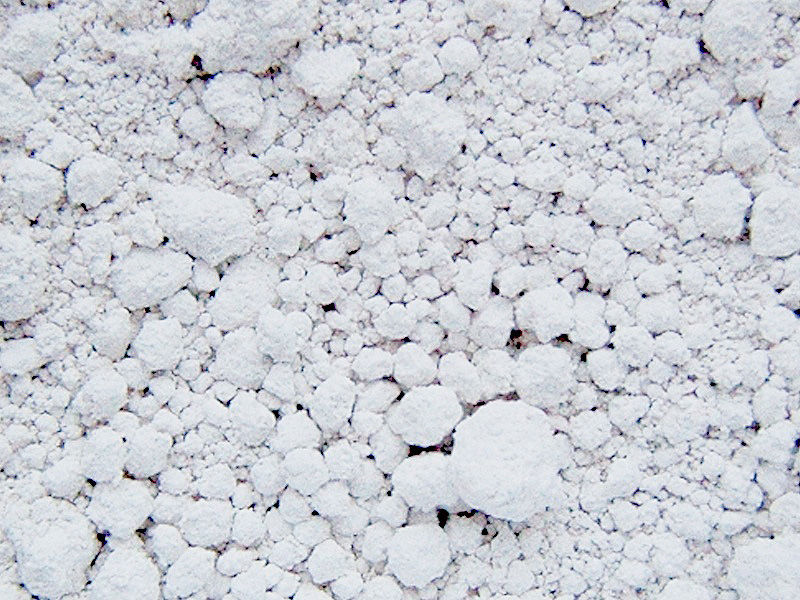
Figure 1: The pigment chalk from Champagne

Figure 2: The pigment chalk from Champagne applied to a wall
Terra Ercolano
The pigment Terra Ercolano is named after the ancient city of Herculaneum near Naples. The reddish earth there belongs to the group of red ochre. Like this, Terra Ercolano emerged from iron ores through weathering.
Terra Ercolano is characterized by its special luminosity, intense color and the deep shade. Applied in a thin layer, the pigment is glowing red, if applied opaque, the coat shows a warm brownish red color such as clinker.
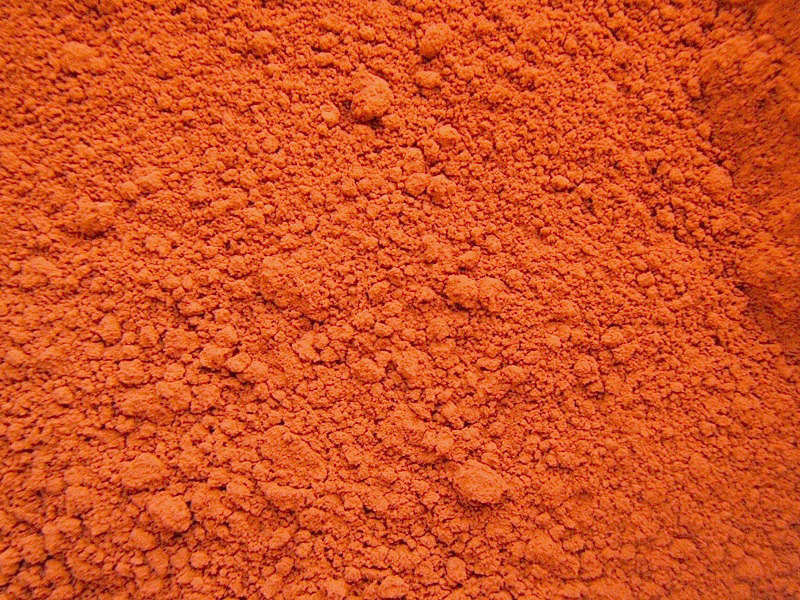
Figure 3: The pigment Terra Ercolano
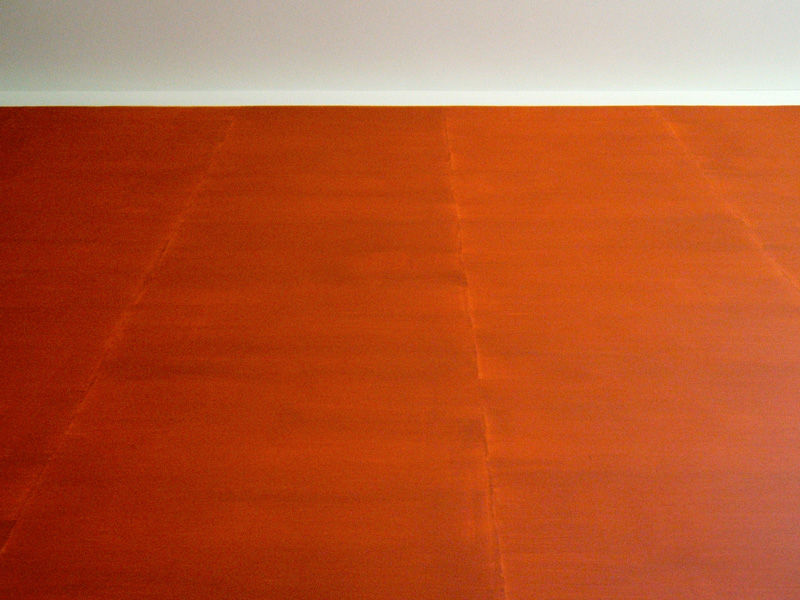
Figure 4: The pigment Terra Ercolano applied in a certain style
Raw Umber
Raw Umber is a brown earth pigment which color shades varies from green-brown to red-brown, according to their content of iron oxide and manganese. The name Umber comes from the Latin and means shadow. Actually, Umber is less used pure in a paint, rather serves as the colorant to shade other colors, to break their brilliance or purity.
Raw Umber unfolds its beauty at best in a mixture with chalk, marble powder or zinc white. So airy and hazy shades of this color can be achieved, that are ideally suited to design a glamorous play of lights and shadows in the room.
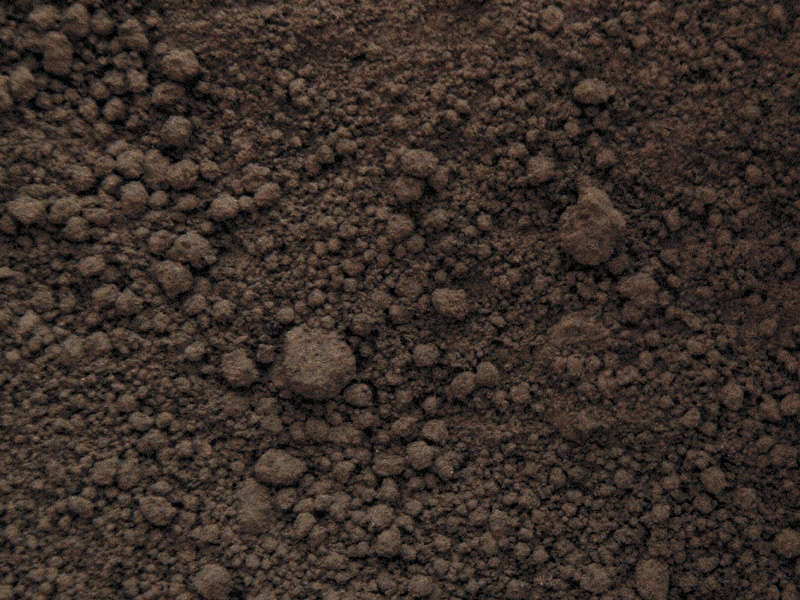
Figure 5: The pigment Raw Umber
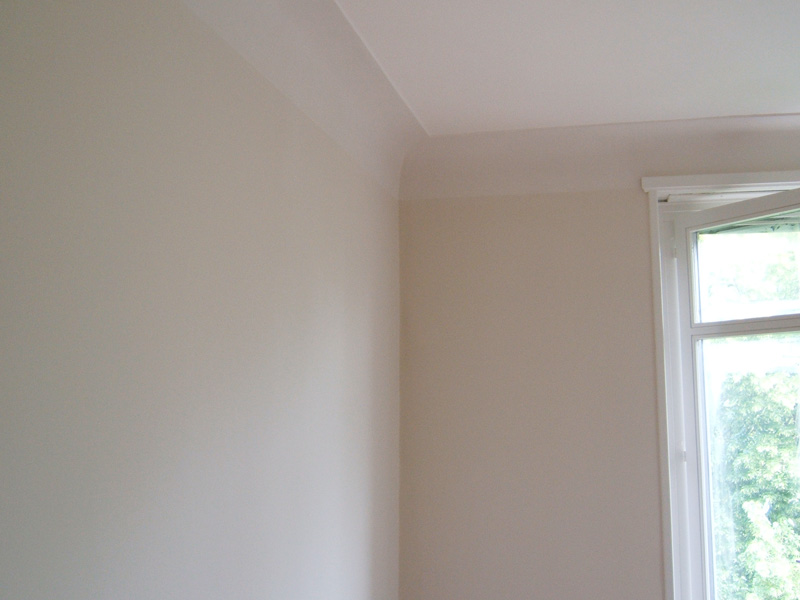
Figure 6: The pigment Raw Umber as a tint of white chalk
Magnetite
The mineral magnetite carries in itself the plus and the minus, the north and the south. So, Magnetite is magnetic and is used, for example, in the form of pigment to store data.
As a color pigment Magnetite is dark gray to deep black, depending on the grading and has a refined, matte metal glow. Applied and seen in a back-light single and scattered particles twinkle discreetly. Magnetite looks nice on concrete or cement building blocks, materials which Magnetite impressively emphasizes.
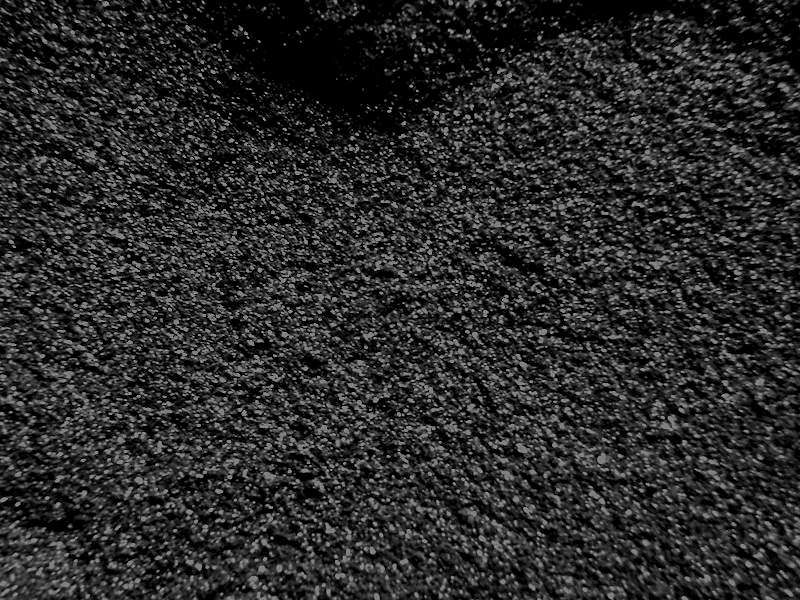
Figure 7: The pigment Magnetite
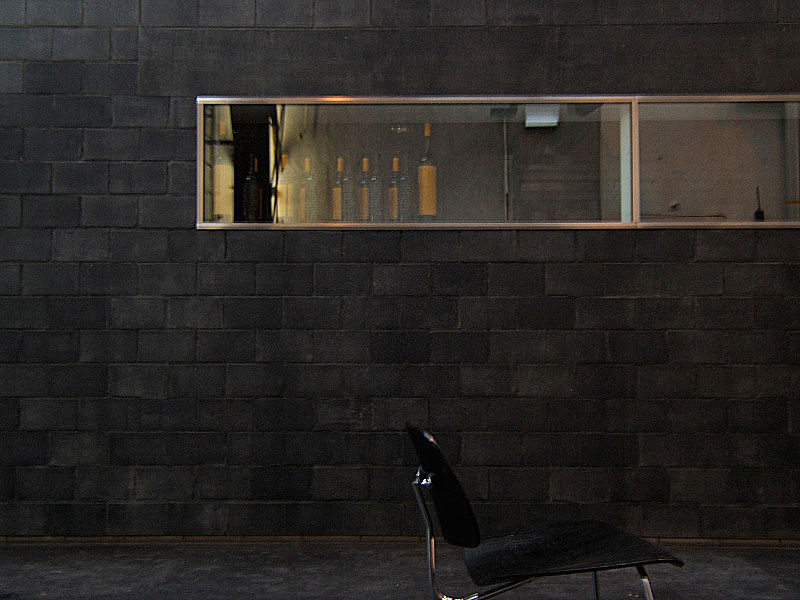
Figure 8: The pigment Magnetite applied
Ultramarine blue
The bright and deep blue pigment Ultramarine has a roughly 3000-year-old history. Ultramarine blue was always a luxury, because it had to be extracted from the semi-precious stone Lapis Lazuli. Its application was accordingly limited.
From 1828 on the production of the synthetic ultramarine blue began. The factory-made pigment has the same chemical structure as the original and its color is of the same value, but is much cheaper.
Such cheap that one is enticed to apply Ultramarine blue in a bold and extended manner. But in abundance, the color may lose its original quality. Used specific and applied with an ideal binder Ultramarine blue will show its unique and true color.

Figure 9: The pigment Ultramarine blue

Figure 10: The niche full of Ultramarine blue
China clay
The dry pigment China clay or Kaolin is a particularly fine processed clay of cream-white color with airy, pastel colored effect. Naturally, China clay consists of mostly six-sided discs with diameters of just a few hundredths of a millimeter.
Due to this structure or quality, exceptionally smooth, silver matte surfaces can be realized with paint from pure China clay.
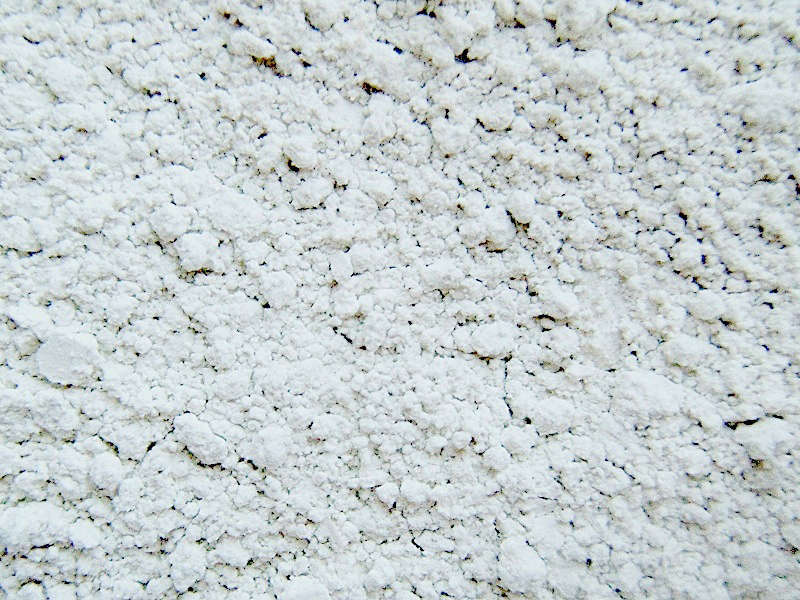
Figure 11: The pigment China Clay
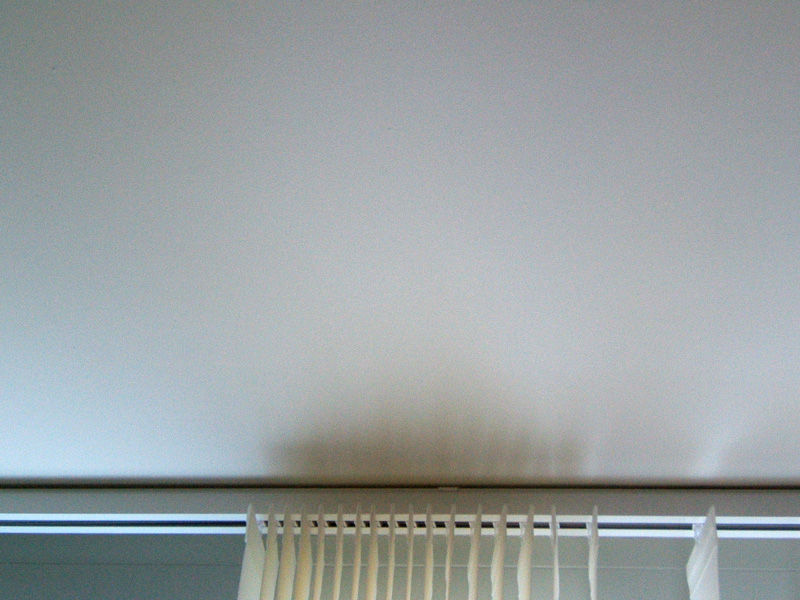
Figure 12: The pigment China Clay on a ceiling
Gold ocher
The Gold ocher pigments are selected qualities from yellow ocher. As the name suggests, their color tone is similar to the one of gold, a mellow and soft yellow. Measured at the intensity and brightness, Gold ocher pigments are the best what is available as natural yellow.
Such pigments were of course important in the history of painting and much sought, before the industry could offer synthetic yellow.
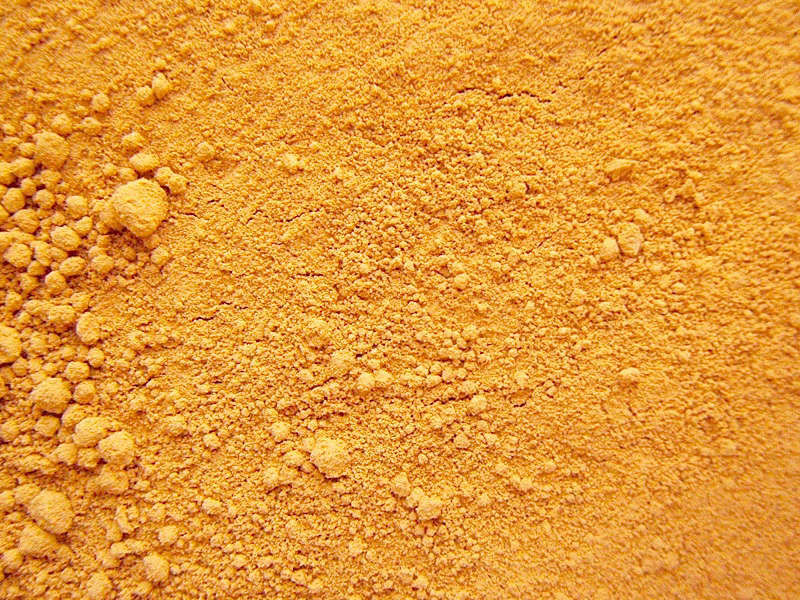
Figure 13: The pigment Gold ocher
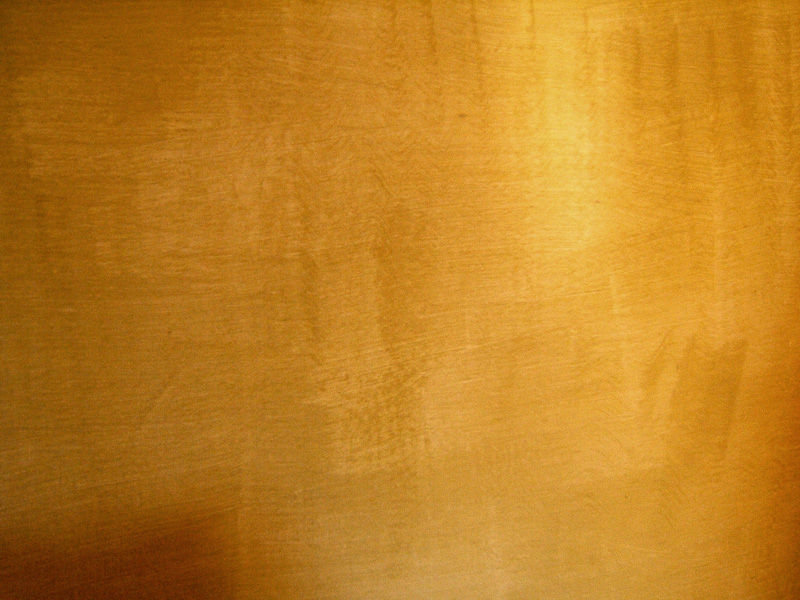
Figure 14: The pigment Gold ocher applied